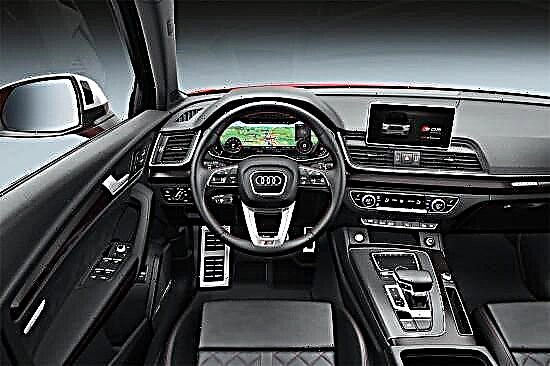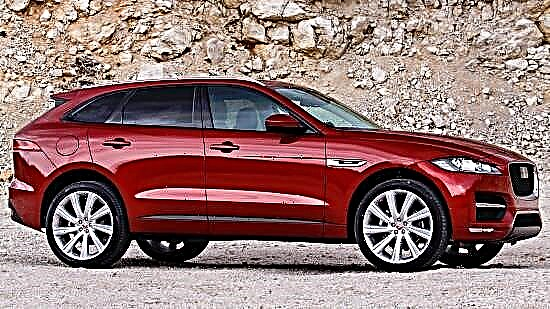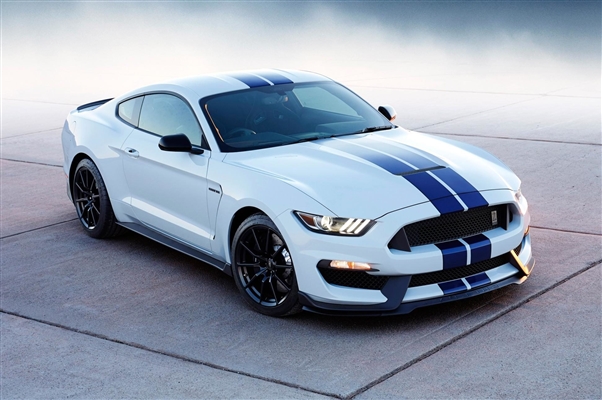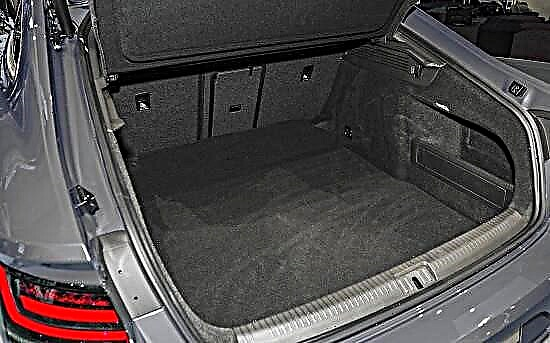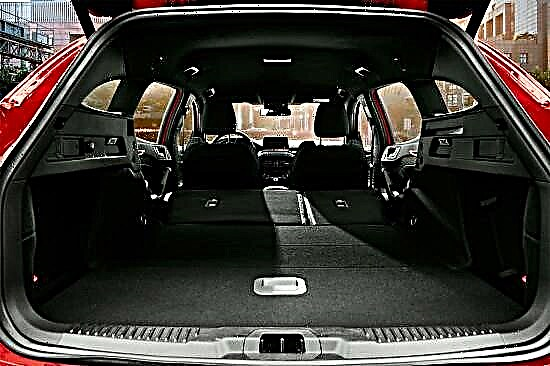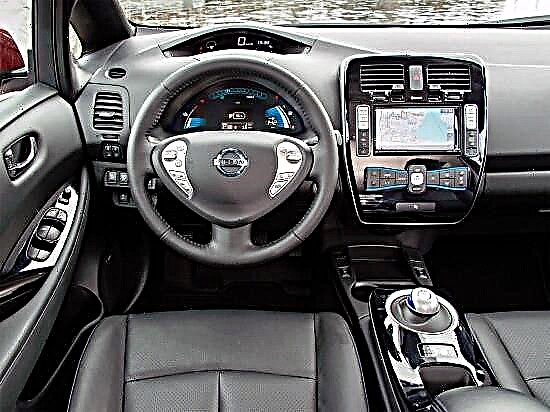The date of the next "breakthrough" in the automotive industry can now be considered April 1, 2010 - the day when Nissan dealers began to accept massive applications for the Leaf electric car, and two months later the entire annual production of these cars was bought out in advance ... But don't think that the concept of an electric vehicle has only emerged in the last few years.
For the sake of objectivity, it should be noted that already at the beginning of the twentieth century on the roads of the United States and Europe, a lot of cars with an electric drive traveled. However, only more than a century later, sky-high prices for petroleum products (in three years the price increased by 4 times); the threat that natural energy resources will soon be exhausted; and concern for the environment - they made not only automakers, but also the governments of different countries think about the project of an electric car ...

The exterior of the Nissan Leaf is made in the corporate style of the company and strongly resembles the Nissan Tiida hatchback - the same shape, rear spoiler and 16-inch alloy wheels. Therefore, they do not pay much attention to the car ... until a charging plug appears from under the emblem on the hood, or someone notices the absence of exhaust pipes.

In general, the body shape of this electric vehicle is subject to the conditions for reducing the aerodynamic drag coefficient, and the LED head and rear optics are 10 times more economical than traditional halogen lamps.

The interior of Nissan Leaf, although it looks somewhat futuristic (especially in blue LED backlighting), does not reject its unusualness.
The driver's seating position, thanks to the 6-way seat settings, is comfortable and offers excellent visibility. Instead of a gearshift lever, Nissan Leaf has a driving mode selector on the central tunnel, and instead of an ignition key, a Start button. Since there is no engine sound, a sound signal warns about the readiness of the car for a trip.
In principle, there are no analog devices in the Nissan Leaf - two digital displays right in front of the driver and another one on the center console:
- On the upper driver's screen there is a speedometer, clock, thermometer and an economizer icon (which shows the intensity of pressing the accelerator pedal, and, accordingly, the charge consumption).
- On the lower screen, located directly behind the wheel, there is even more information (speed, driving mode, BC readings, and there are also “ladders” of residual battery charge and power reserve).
- The 7-inch color display on the center console can function as a media and navigation system, and when you press the "Zero Emission" button on the steering wheel, it displays a map of the nearest electric stations.
Depending on the configuration (Base and SL), the Nissan Leaf can be equipped with a multifunction steering wheel, full power accessories, cruise control, heated windows and mirrors, as well as a telephone connection with Bluetooth.

The car has enough space for five adults and luggage (trunk volume 410 liters).

True, the presence of batteries has made its own adjustments to the organization of the cabin space - the second row of seats is located slightly higher than the first, and the separate folding rear seat backs will still not be able to form a flat loading surface, since the trunk is very deep.
Speaking of technical characteristics, the Nissan Leaf is powered by a synchronous electric motor with an output of 80 kW (108 hp and 280 N • m) providing acceleration to hundreds in 10 seconds. The car is built on a Nissan V front-wheel drive chassis (also used on Juke and Micra), where the front suspension is independent MacPherson, and the rear is multi-link.
The electric vehicle has an excellent 57:43 axle weight distribution. Of the 1,650 kilograms of weight, 300 kilograms are accounted for by a lithium-ion battery with a capacity of 24 kW • hour, which is enough for approximately 160 kilometers. There are several ways to charge the battery:
- One connector is for household power, and charging will take about 8 hours.
- The second is for fast charging from a special device, when 80% of the battery capacity is restored in 30 minutes.
Safety is ensured by disc brakes on all four wheels with ABS and EBD, VDC and TCS stability control systems, TPMS tire pressure sensors, and 8 airbags.
The main advantage of the Nissan Leaf was not that it is the "first electric car". It owes its popularity to the joint concern of the automaker and governments. The first ones designed an electric car - which, in terms of its characteristics, is not inferior to traditional passenger cars, and the second - took care of charging stations and subsidies (after all, at a cost of "Leaf" of about $ 35,000, a buyer in the USA will have to pay only $ 25,000, and in Japan, for example , the price of Nissan Leaf is about $ 28,000) ... The amount of subsidies and the development of a network of electric stations in Europe are still unknown, and therefore there is nothing to say about the price of Nissan Leaf for European buyers (and even more so for Russia).

